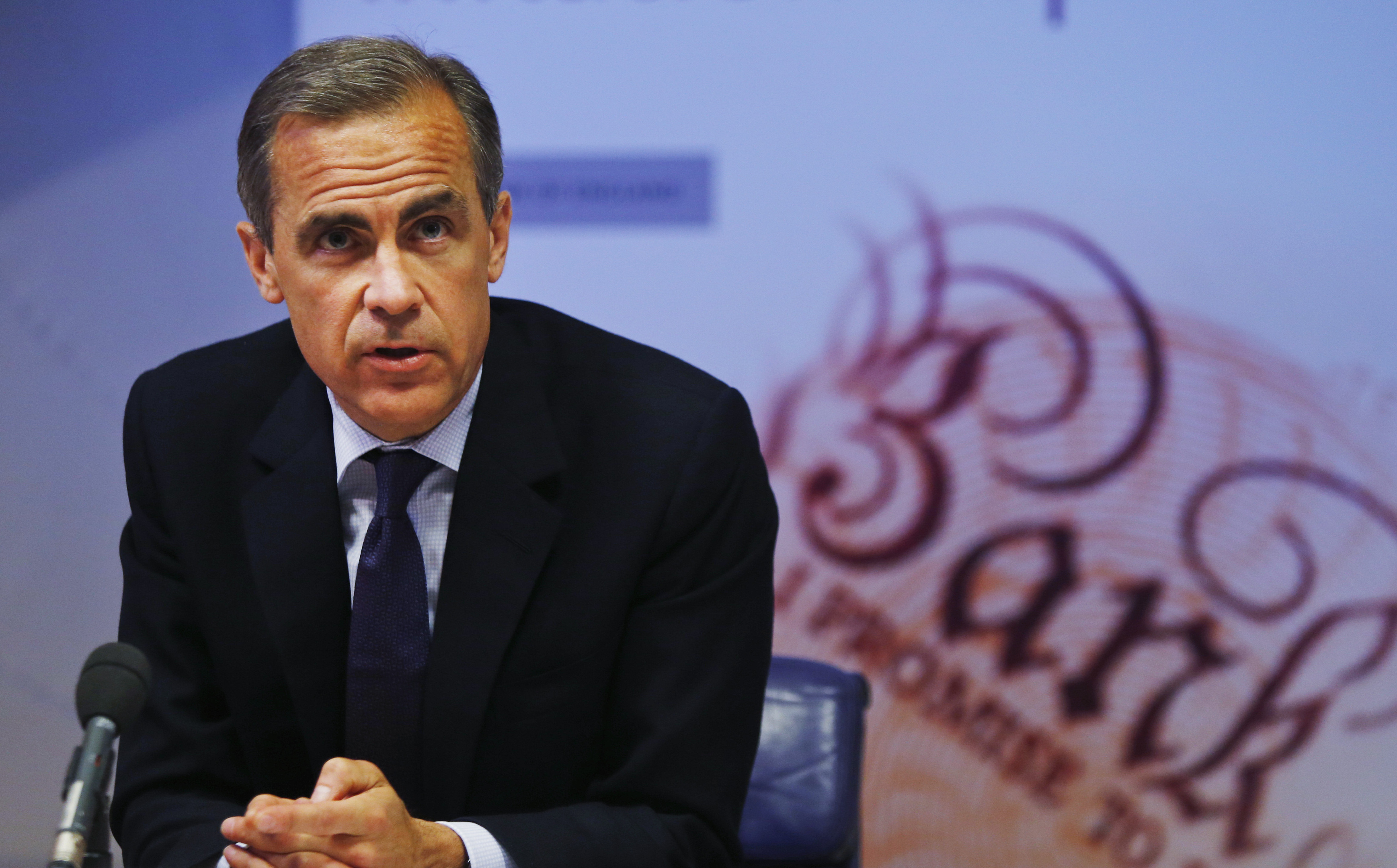
Governor Mark Carney will address Westminster’s Treasury committee on Tuesday about the EU referendum following a sharp fall in the value of sterling since the poll was confirmed for June.
The Prime Minister has told The Sunday Post he was “sure” Mr Carney “will have something important to say because there are some very big arguments about financial stability, financial security and economic certainty”.
Next week’s intervention into the EU debate by Mr Carney is expected to be as influential as his 2014 warnings over an independent Scotland entering a formal currency union to use the pound.
Meanwhile, Mr Cameron has said his bid for the UK to remain a part of the EU will be “cold-headed and practical”.
However, he added there was an emotional case to be made about how European nations came together “following the massive sacrifices which were made when our continent went into conflict”.
The Prime Minister also said one of the lessons he learned from the independence referendum for the EU poll was to make the “timeframe much shorter” and promised that a year from now Scots will see for themselves the full impact of Scotland’s strengthened “powerhouse parliament”.
On the issue of the case for remaining in the UK, Mr Cameron also revealed the Government would be putting forward a paper on the economic case for staying in the EU.
He said: “We have so far produced a document on the process for leaving the EU. We’ve produced a document on the alternative arrangements we could come to if we left and we will be producing documents on the economics and other impacts as well as the rights and obligations of membership.
“I think it is very important we do all of those things.
“The Bank of England, I am sure, will have something important to say as there are some very big arguments about financial stability, financial security and economic certainty.
“There are also some very big arguments which are relevant here in Scotland about financial services and the privileged position we have in the single market and the danger of putting that at risk.”
The Bank of England last month confirmed it is preparing contigency plans for the outcome of the EU referendum.
Mr Cameron was speaking to The Sunday Post on Friday having flown to Scotland from France where he met French President Francois Hollande.
They had visited the Pozieres British Cemetery to pay tribute ahead of the 100th anniversary commemorations of the Battle of the Somme.
“There is one emotional aspect that we should never forget – 70 years ago the countries of Europe were butchering each other on the continent.
“However frustrating I find the EU, I don’t forget that we are there to talk and to understand each other’s common problems. I also never forget that, in the past, we failed to do that and we often ended up in appalling conflict.”
Asked what lessons he had learned from the 2014 independence referendum, Mr Cameron said: “One of the things I have done is made the timeframe much shorter.
“It is a very important question but I think four months is enough to really have the argument and go through all of the facts and figures.”
Mr Cameron spent much of the Scottish referendum campaign saying the 2014 vote would settle the constitutional question. But successive polls have shown most Scots still don’t believe the issue has been resolved with support for separation remaining high.
The Prime Minister believes this will change as the debate over what to do with the raft of new powers coming to Holyrood picks up pace.
He said: “The powerhouse parliament has been legislated for and agreed but it hasn’t yet been established and I think in a year or so people will turn round and say right, the Scottish parliament makes our laws, decides our healthcare, decides our housing, our education, sets our tax rates and makes some decisions on welfare.”
Mr Cameron resisted the invitation to say whether he found Nicola Sturgeon or Alex Salmond easier to deal with, insisting he had “a good relationship with both of them”.
However, he did have a dig at the previous Prime Minister, Gordon Brown, by adding: “If you go back to the way relations were under my predecessor, there didn’t seem to be a relationship at all – they never met or spoke.”
READ MORE
EU Referendum: Everything you need to make up your mind
Politics Podcast: EU referendum plus Punch and Judy PMQs with SNP MP Roger Mullin

Enjoy the convenience of having The Sunday Post delivered as a digital ePaper straight to your smartphone, tablet or computer.
Subscribe for only £5.49 a month and enjoy all the benefits of the printed paper as a digital replica.
Subscribe